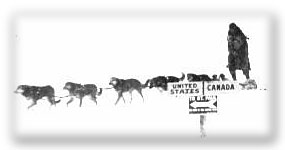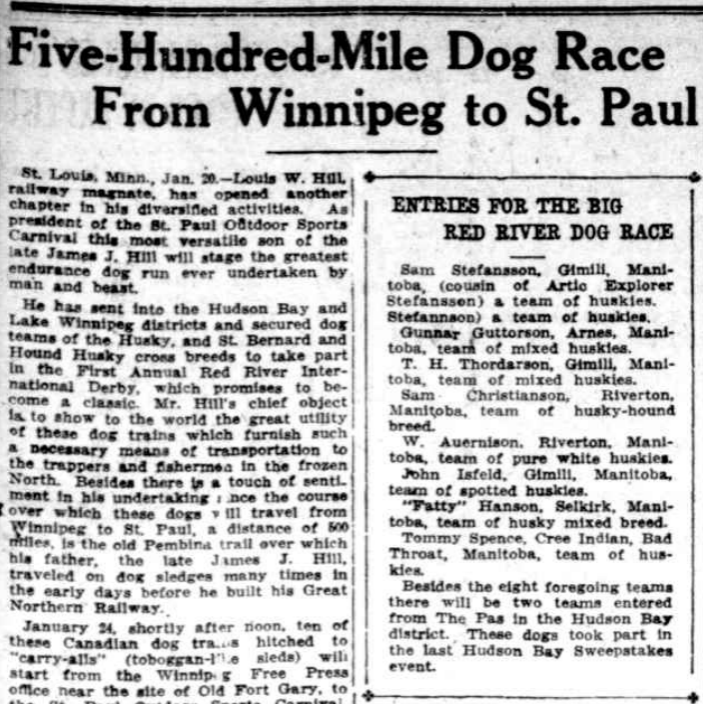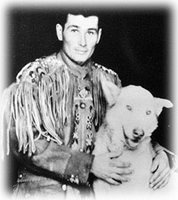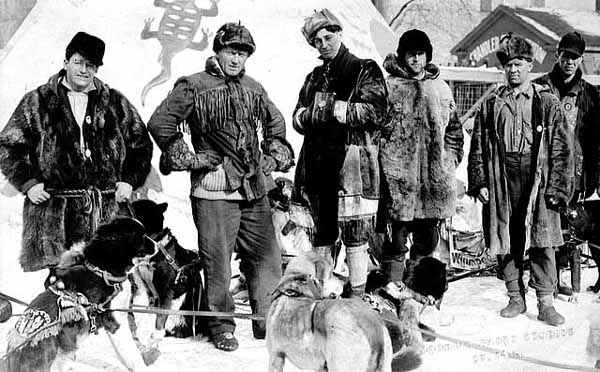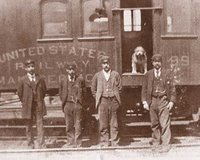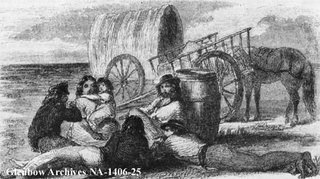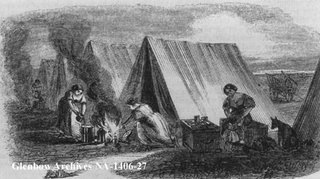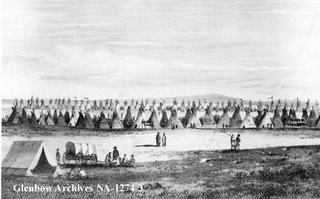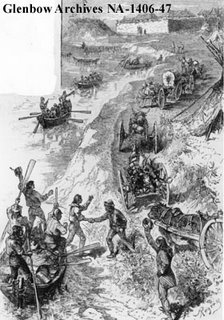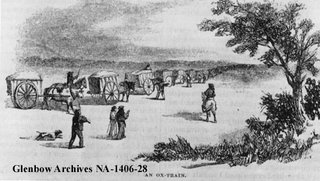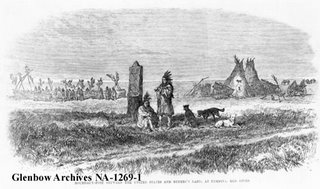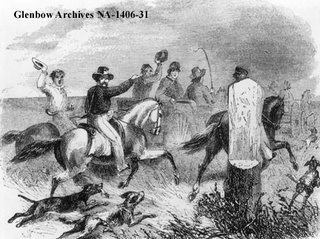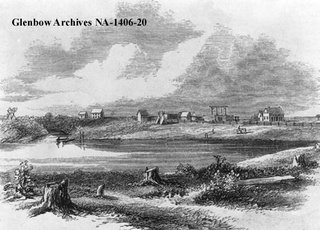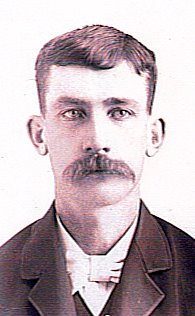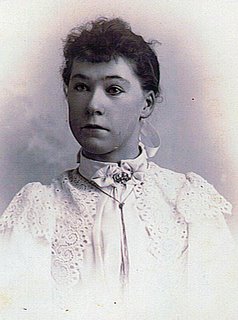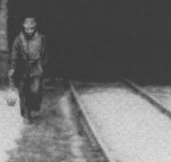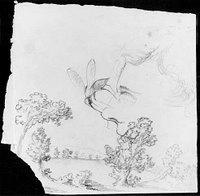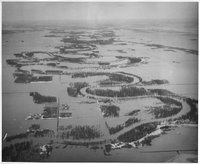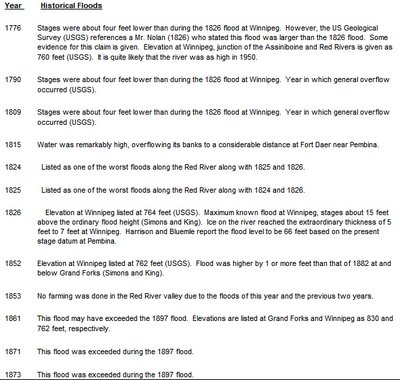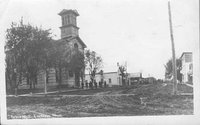
From the
Archives of Manitoba:
The Town of Emerson was incorporated as a legal municipality in 1880, but has a history reaching back to the early nineteenth century when it existed as the Hudson's Bay Company post, North Fort Pembina.
Two American businessmen, William N. Fairbanks and Thomas Carney*, are credited with the foundation of the town. In 1873, they approached Lieutenant-Governor Alexander Morris with a proposal to establish a town-site in the Province of Manitoba, and applied for a colonization grant to four townships that would include 640 acres for a town-site. The town was named Emerson after Ralph Waldo Emerson, Fairbanks' favourite author.
The history of Emerson has strong links to the development of the railroad in Canada. The townsite chosen by Fairbanks and Carney, located directly across from North Pembina, would align Emerson with two proposed railways: the Canadian Pacific Railroad, and the St. Paul and Pacific Railroad. It was hoped that the CPR would use the American route around the Great Lakes and re-enter Canada at the town of Emerson.
Emerson experienced a "boom" of sorts from 1876 to 1880, and was legally incorporated as a municipality in 1880. The town of West Lynne, across the river, had been incorporated a year earlier. In 1883, West Lynne and the town of Emerson were amalgamated to form the City of Emerson, but The Municipal Act of 1886 divided them once more into the towns of West Lynne and Emerson.
* Carney, according to local oral history, was an inventor of a cash register; although I could find no solid evidence to confirm this, I did find
this intriguing tidbit about an obscure film documentary short from 1903...
AMENDMENT: Just found
this bit of political trivia - looks like Carney, one of the founders, was elected as provincial representative in 1880...
Also, I found out that Carney built a home in Emerson in 1880 (he was a busy man, wasn't he?!) named "
Kelvinside"; today, it is known as
Aunt Maude's Tea Room - Trust me on this one, folks - it's an amazing home, and an amazing experience. I've had the fortune to visit Aunt Maude's Tea Room, where I discovered true scones, and devonshire cream, and had my old favorite tea...the hostess showed us her meticulously-designed English garden in her backyard, complete with stone walk and open-air gazebo and benches, and birds twittering away in the nearby trees. If you get a chance, be sure and visit!
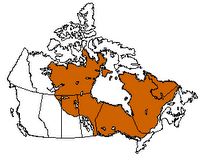
 The Canadian Shield is a vast mass of exposed rock - as you might suspect, not easily traversed - so early travellers were forced to avoid it. It necessitated very long detours around and/or through the Great Lakes, for those that needed to go west from Eastern Canada. Many people that settled in and around St. Vincent took these routes. However, many simply passed through our area, as a matter of necessity, on their way further west. I think we can be safe to assume that the large numbers quoted by the Gambles in their letters, were no exaggeration, that they did indeed see hundreds and sometimes thousands of souls passing through the area for many weeks and months in the later 1800's...
The Canadian Shield is a vast mass of exposed rock - as you might suspect, not easily traversed - so early travellers were forced to avoid it. It necessitated very long detours around and/or through the Great Lakes, for those that needed to go west from Eastern Canada. Many people that settled in and around St. Vincent took these routes. However, many simply passed through our area, as a matter of necessity, on their way further west. I think we can be safe to assume that the large numbers quoted by the Gambles in their letters, were no exaggeration, that they did indeed see hundreds and sometimes thousands of souls passing through the area for many weeks and months in the later 1800's...




